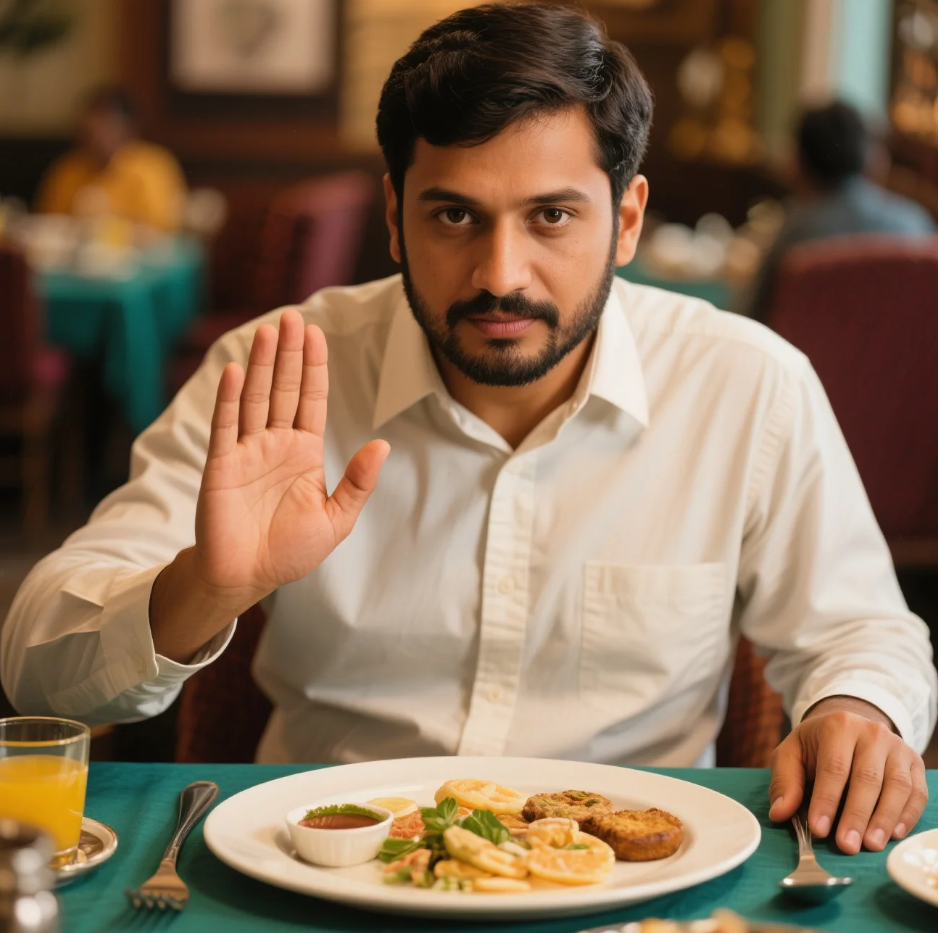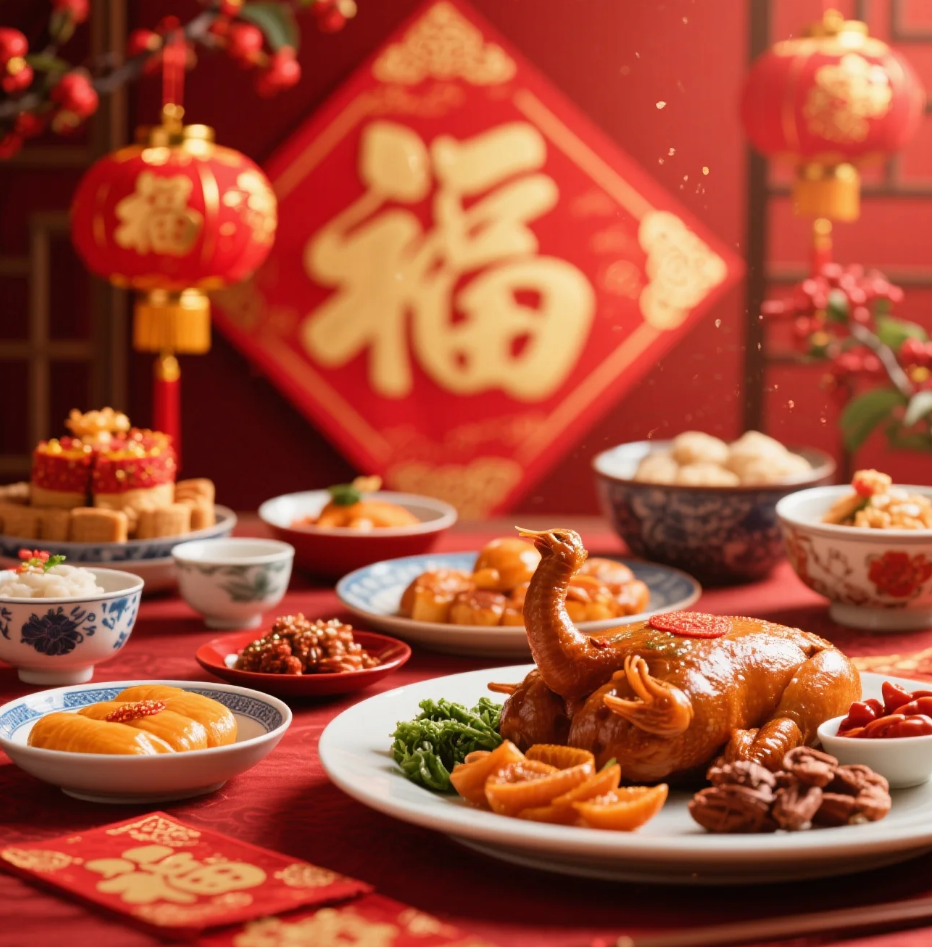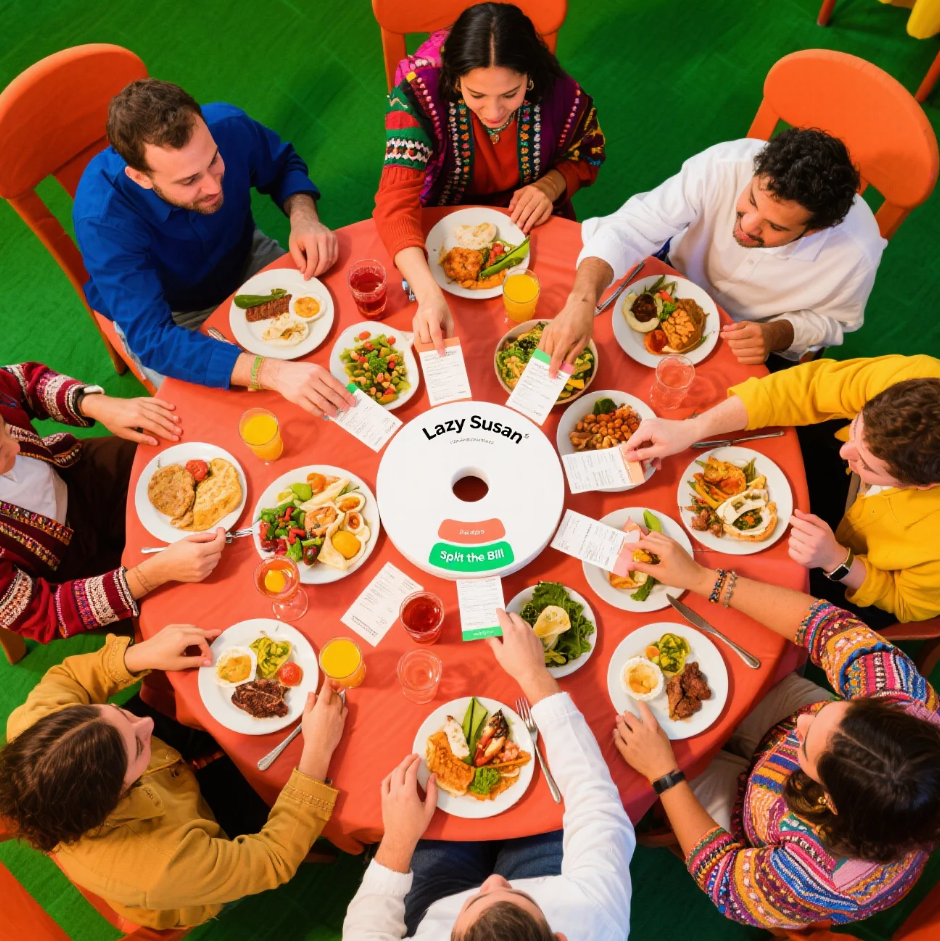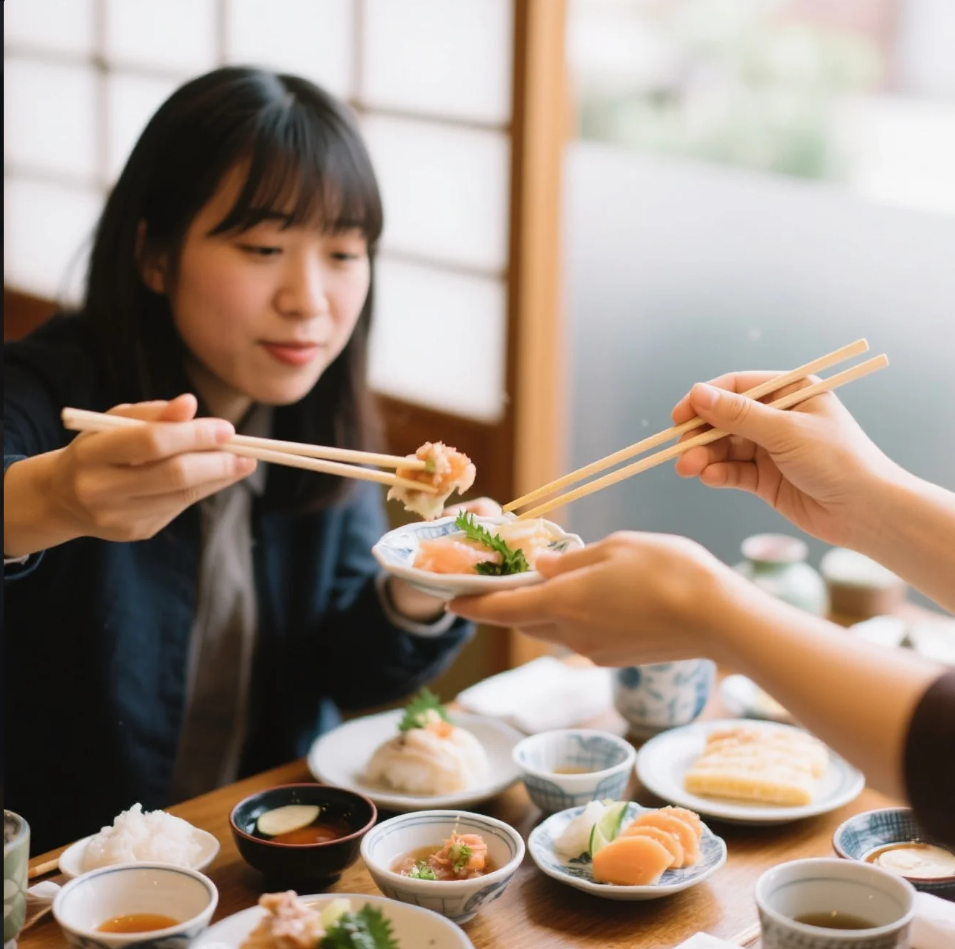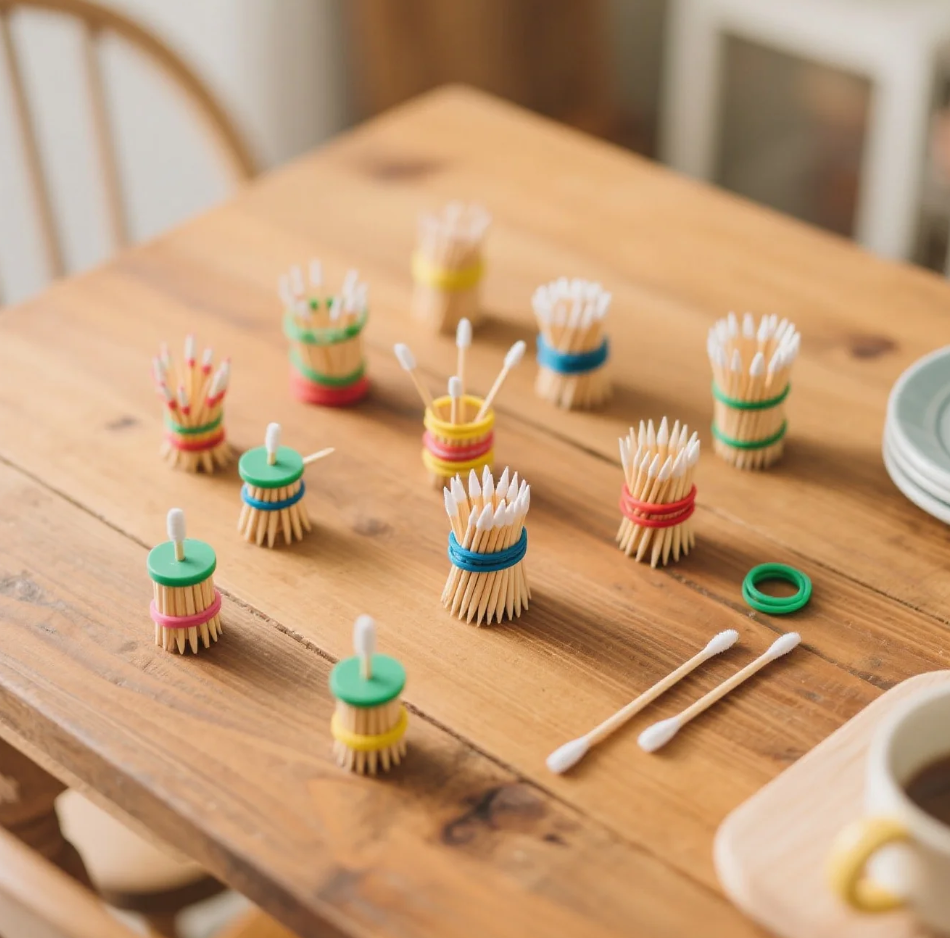
When it comes to dining etiquette, every culture has its unique set of rules — some obvious, others surprising. For travelers and cultural enthusiasts, understanding these unwritten codes can turn an awkward meal into a memorable experience. In Asia, where food is more than just sustenance but an art form and a social ritual, table manners carry deep cultural significance. One of the most famous and important no-nos across many Asian countries is: never stick your chopsticks straight up into your rice bowl.
If you’re visiting Asia or simply curious about its fascinating customs, this guide will take you through the biggest mealtime taboos — starting with the infamous chopstick taboo — and help you navigate dining like a pro while showing respect to your hosts.
The Chopstick Taboo – Why Sticking Them in Rice Is a Big Deal
You might have seen this warning on travel blogs or heard it from friends: Don’t stick your chopsticks upright in your rice! But why is this such a serious faux pas?
This taboo has deep cultural roots, especially in China, Japan, and Korea. The reason stems from ancient funeral rituals. At traditional funerals, incense sticks are often placed upright in a bowl of rice as an offering to the deceased. Because of this association, sticking chopsticks vertically into a bowl of rice symbolizes death and is considered extremely unlucky and disrespectful at the dining table.
China
In China, this gesture is often interpreted as a direct reference to death and mourning. It’s one of the first dining rules children are taught, alongside not waving chopsticks around or pointing them at others. Doing this at a celebratory meal can be seen as inviting bad luck or even death into the home.
Japan
In Japan, the same practice is linked to funerary customs called tate-bashi, where chopsticks are placed upright in rice during memorial services. Like in China, it is taboo during everyday meals, and ignoring it can make locals quite uncomfortable.
Korea
Koreans also avoid this practice because it resembles offerings to ancestors. Respect for elders and the deceased is central to Korean culture, so such a mistake could cause embarrassment or offense.
Awkward Moments
For visitors unfamiliar with this rule, it’s easy to accidentally cause a stir. Imagine a foreign guest in a Chinese family dinner absentmindedly placing chopsticks upright — the sudden silence or shocked glances can be awkward. Knowing this one rule saves you from an unintended cultural blunder.
Other Common Asian Dining No-Nos
The chopstick taboo is just one example of the many subtle but important dining etiquette rules across Asia. Here are some other key no-nos to keep in mind:
Don’t Tap Your Chopsticks on the Bowl or Plate
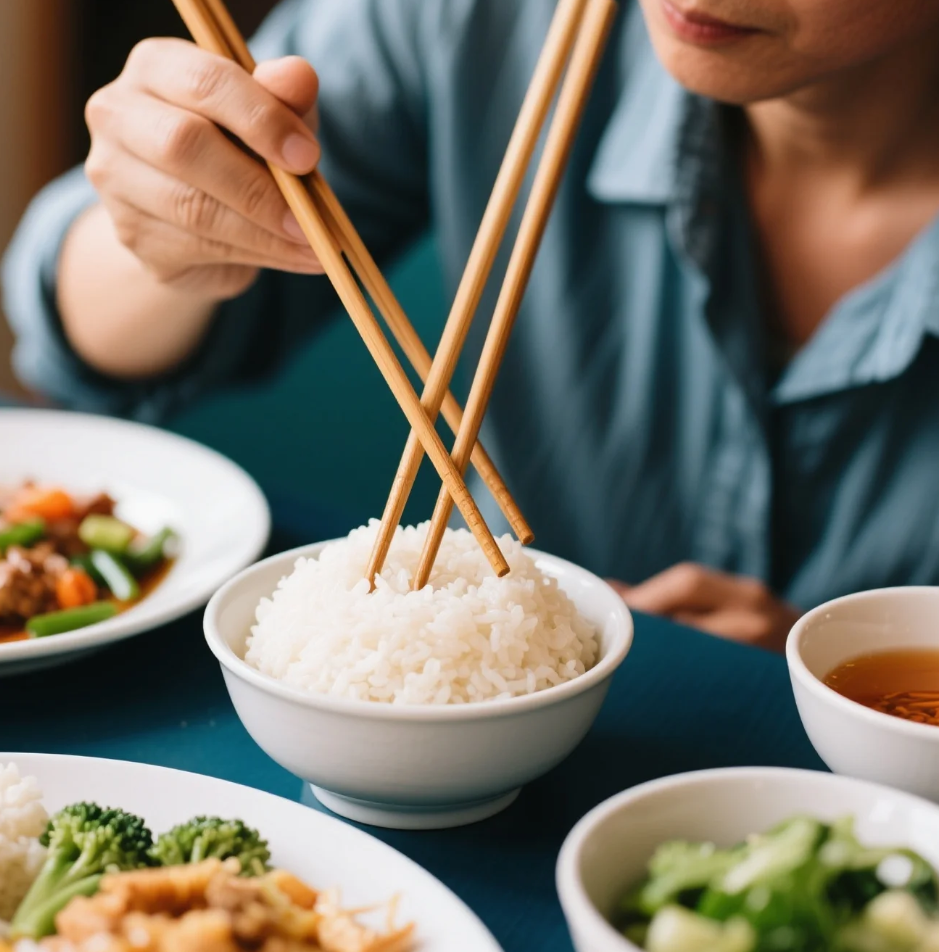
In many Asian countries, especially China, tapping chopsticks on bowls or plates is considered rude. It’s reminiscent of beggars tapping bowls for alms, so doing this during a meal is seen as begging or impatience.
Never Lay Chopsticks Horizontally Across the Bowl
Placing chopsticks across the top of your bowl is also frowned upon. It’s seen as sloppy or disrespectful and sometimes associated with offerings left for the dead.
Don’t Point Chopsticks at People
Pointing chopsticks directly at someone is bad manners in many Asian cultures. It’s seen as aggressive or confrontational, much like pointing a finger.
In China, Don’t Put Your Rice Bowl on the Table
In Chinese dining etiquette, it is common to hold the rice bowl close to your mouth while eating. Setting the bowl directly on the table is seen as bad manners and sometimes unhygienic.
No Loud Slurping (Except in Japan)
In Japan, making slurping noises while eating noodles or soup is actually a compliment to the chef, showing enjoyment. However, in many other Asian countries, loud eating noises are considered impolite.
Avoid Using Your Fingers to Point or Pick Up Food
In Southeast Asia, especially in formal settings, using your fingers to point at food or directly pick up pieces from communal dishes can be rude. Always use serving utensils if provided.
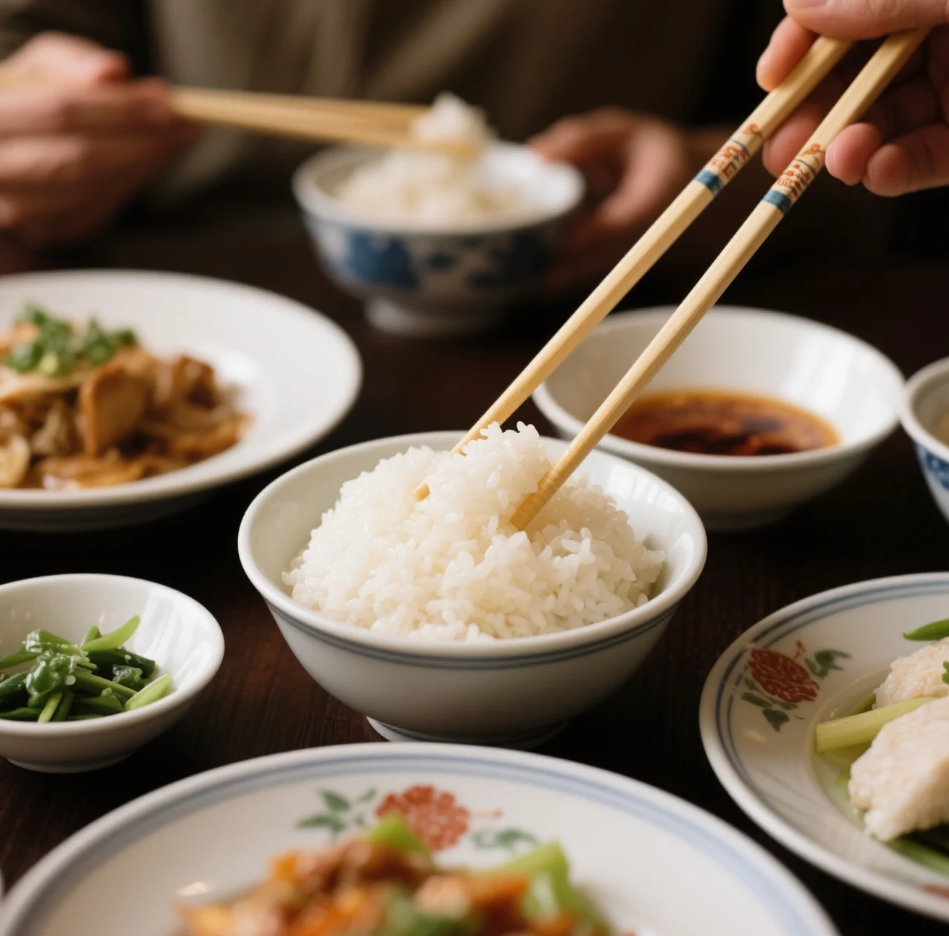
How Table Manners Reflect Cultural Values
Asian dining etiquette isn’t just about rules — it reflects deep cultural values of respect, harmony, and social order.
Respect and Honor
Using chopsticks correctly and following table manners signals respect for those sharing the meal and appreciation for the food itself. It honors traditions passed down through generations.
Maintaining Harmony
Many Asian cultures emphasize group harmony and avoiding conflict. Good table manners help maintain a pleasant atmosphere where everyone feels comfortable and valued.
Family and Social Bonds
Sharing food in Asian cultures is a communal act that strengthens family ties and friendships. Proper manners show consideration and reinforce these bonds.
The Concept of “Face”
“Face” refers to one’s dignity or social standing. Failing to follow dining etiquette can cause embarrassment not only to oneself but also to the host. Preserving face means being mindful and courteous at the table.
Tips for Visitors: How to Avoid Cultural Faux Pas at Asian Meals
If you’re invited to an Asian meal or dining in a restaurant abroad, here are some practical tips to avoid common mistakes:
- Observe First: Watch how locals handle their chopsticks and food before jumping in. Mimicking their behavior is usually safe.
- Don’t Stick Chopsticks Upright: Remember the biggest taboo. If you need to rest your chopsticks, place them neatly on a chopstick rest or horizontally across your bowl’s edge.
- Use Serving Utensils: When eating from shared dishes, use the serving utensils provided instead of your personal chopsticks.
- Hold Bowls Close: In Chinese culture, bring your rice or soup bowl close to your mouth while eating, rather than bending down to the table.
- Be Polite: If you’re unsure about any practice, asking politely or admitting your unfamiliarity is better than risking offense.
- Practice Quiet Eating: Keep noise levels down unless you are in Japan, where slurping noodles is a compliment.
- Thank Your Host: Always express gratitude at the end of the meal to show respect and appreciation.
Conclusion
Asian dining etiquette might seem complex at first, but it beautifully embodies centuries of tradition, respect, and social harmony. The simple rule of never sticking chopsticks upright in rice connects you directly to deep cultural beliefs about life and death, making it one of the most memorable customs to learn.
By understanding these mealtime no-nos and the values behind them, you’ll not only avoid embarrassing mistakes but also deepen your appreciation for the rich cultures of Asia. So next time you sit down to enjoy a meal in an Asian setting, keep these tips in mind — and enjoy your food with respect, curiosity, and maybe a little extra mindfulness.
Remember, culture is meant to be shared and celebrated, one polite bite at a time.

